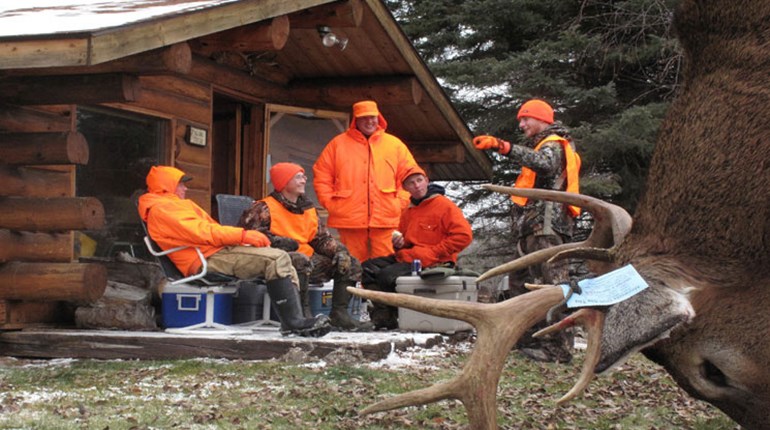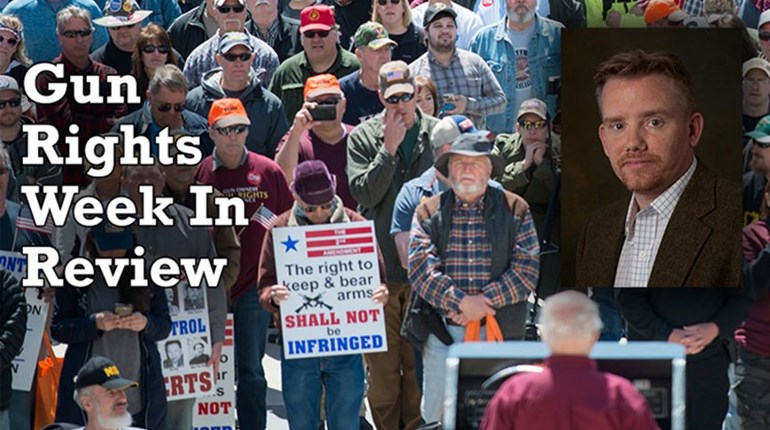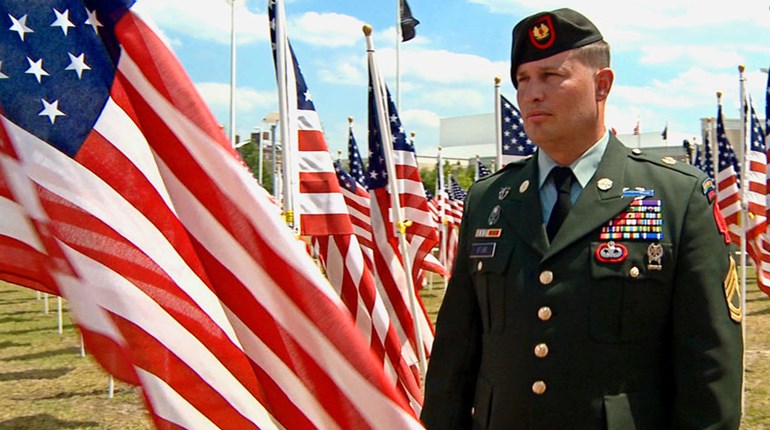
Some trophy poachers shock you with their chutzpah.
Matthew Alwine, the former host of the cable TV hunting show “Trophy State of Mind,” is such a poacher. He is from Chewelah, Wash., and was convicted and fined $12,215 for trespassing and poaching deer and elk in Montana’s Crazy Mountains from 2010 to 2014—$8,000 of his fine was for poaching a trophy-sized whitetail buck. In addition to the fines, Alwine was banned for four years from hunting, fishing and trapping in Montana and the 44 other states that have reciprocal agreements in the Interstate Wildlife Violator Compact.
The first thing you notice as you look over crime-scene photos from trophy-poacher cases—well, after running your eyes up and down all the inches of antler—is these guys all sport garish grins, which makes you wonder if these poachers think they committed perfect crimes or something. If so, why are they posting photographic evidence on social media?
This is when any law-abiding hunter gets angry, as these trophy poachers are stealing from everyone by oftentimes going into hard-to-draw public areas to illegally kill trophy-sized game.
You want to hear that these poachers are going to pay. Some are, big time. But often, their fines are inconsistent from state to state. Sure, it’s a lot better than it was before Randal Francis, a then 35-year-old resident of Lakewood, Colo., poached a big and very-well-known bull named “Samson” by residents of Estes Park, Colo., in 1995. The punishment for Francis’ crime was so light it started a movement.
Trophy poachers shouldn’t be treated as people who want some venison steaks for their starving children. Modern trophy poachers often leave the meat behind. They just take the heads. They are raping a resource for which law-abiding hunters pay.
To make trophy poachers pay fines commensurate with their crimes, Colorado passed the “Samson Law.” Today a poached 6x6 bull elk carries a $10,000 fine. A bighorn sheep with a horn length of at least one-half curl costs a poacher $25,000. Poaching other trophy-sized big-game carries fines. This idea has spread.
A lot of other states have since begun using the Boone and Crockett Club’s (B&C) scoring system to calculate values of poached game—the bigger the antlers, the bigger the fines. But no one really has a handle on what system works best to stop trophy poachers. So B&C decided to help.
“The states that use some form of the B&C’s scoring system to tabulate fines include Colorado, Idaho, Iowa, Kansas, Kentucky, Maryland, Montana, Ohio, Pennsylvania, South Dakota and Texas,” said Keith Balfourd, B&C’s director of marketing. “Other states have other systems to assess fines on poachers who kill trophy-sized game.”
Leupold & Stevens has stepped in to help fund the initiative, which enabled B&C to hire an independent researcher, Vickie Edwards, a B&C official measurer and former wildlife biologist with Montana Fish, Wildlife and Parks. She has extensive experience working with enforcement officers who prosecute poachers. Ultimately, the data she gathers will identify what is working in the fight to stop trophy poaching. B&C will then help states improve their laws or pass new laws to make poachers pay and thereby protect our wildlife resources.
For these trophy fines to hold up in court, says Balfourd, the scores of the animals need to be based on something concrete. They can’t be subjective. B&C not only has a well-established method of scoring all big game, but it also has official scorers spread across the country. Now they are helping all 50 states get a handle on this problem.
The problem they are trying to solve also extends to public relations.
“After news broke about an American hunter in Zimbabwe killing Cecil the African lion, hunters got a bad rap,” Balfourd says. “A lot of reporters who called me actually asked what the difference is between a ‘hunter’ and a ‘poacher.’ They really didn’t know. They didn’t understand that the vast majority of hunters are good, law-abiding people who cherish the resources they utilize. They didn’t realize that hunters are proud that their dollars pay for conservation. To fix this, hunters need to loudly make this distinction. Part of doing that is making sure that the few criminals out there pay.”
The public also needs to know that trophy hunting, when done legally, is good for the environment. When there are big, trophy-sized animals in a herd, we know that game population is healthy, which means the habitat is healthy. A hunter’s ambition to shoot a record-book head, therefore, when managed appropriately by wildlife biologists, is a good thing for the environment.
Still, with these well-managed wildlife resources out there, a few people can’t resist turning outlaw. Consider Nate Strong, of Big Piney, Wyo., who has been charged with killing a large non-typical mule deer buck in Wyoming in 2015 and tagging it with a whitetail deer license. Strong had already killed a big mule deer in September 2015. Authorities confirmed that by finding photos on his Facebook page. The buck he allegedly killed was also well known in the area. Strong’s biggest mistake, however, might have been letting a taxidermist display it. This led some hunters to notify authorities. At press time, the investigation was ongoing and Strong was facing fines of $5,000 -$10,000 and the loss of hunting privileges.
Some of the trophy poachers are repeat offenders, but many could be anyone who succumbs to greed.
Paul Cortez of Nampa, Idaho, became such a trophy poacher in 2015 when he spotted a trophy bighorn sheep near his camp on the Salmon River—a hunt area where only four bighorn tags are drawn each year. Cortez shot the ram and field-dressed it. Before he could clean the blood off his hands, conservation officers using a jet boat to patrol the river stopped to talk to him. They saw the blood. He soon admitted to poaching the ram. Cortez was charged with unlawfully killing trophy big game, possession of an illegally taken bighorn sheep, possession of marijuana and possession of drug paraphernalia. District Court Judge Gregory FitzMaurice gave Cortez 30 days in jail, a $10,000 fine for poaching trophy game and revoked his hunting privileges for life.
Cortez pleaded with the judge not to revoke his hunting privileges for life, but the judge said, “The [illegal] killing of animals, especially rare animals, has serious consequences in this state.”
There are so many trophy-poacher cases it almost feels unfair to name the few called out here—they all deserve public shaming. We are doing this to highlight the problem, as hunters have the most to lose. Hunters are also the ones paying for conservation and who, typically, do the most to stop game thieves.





































